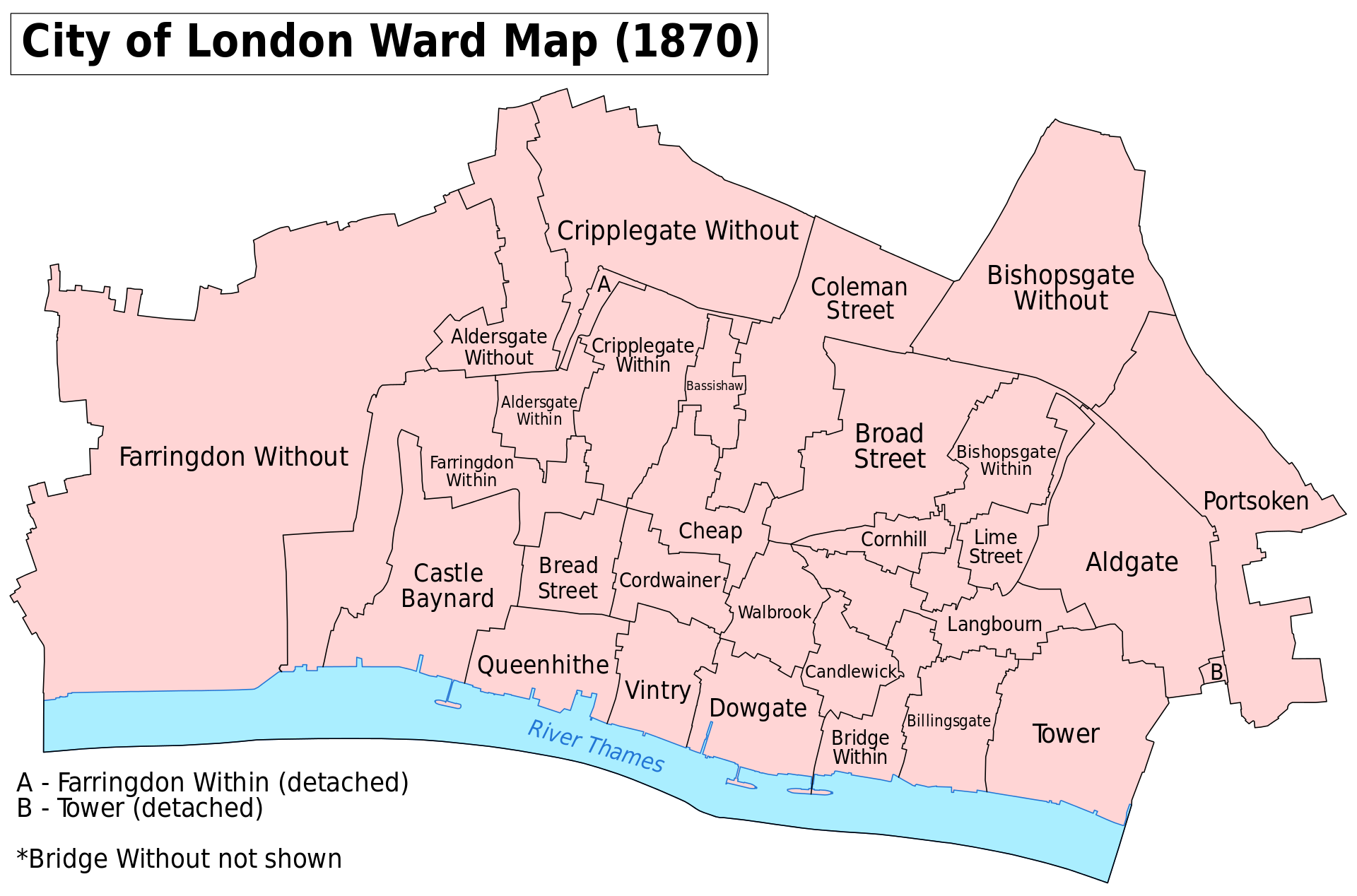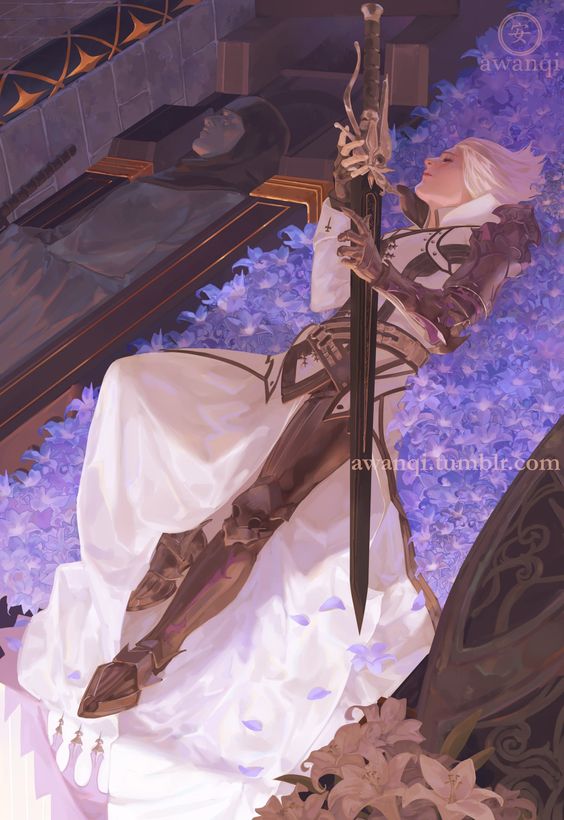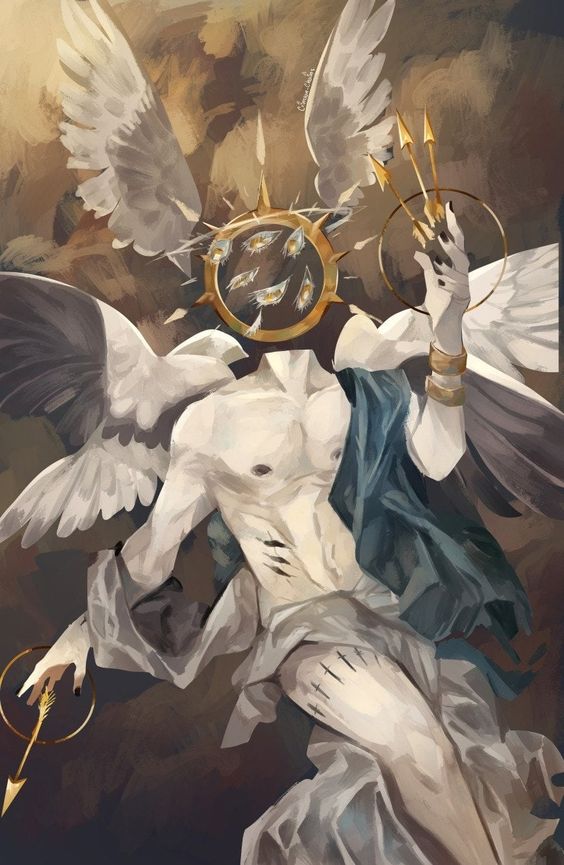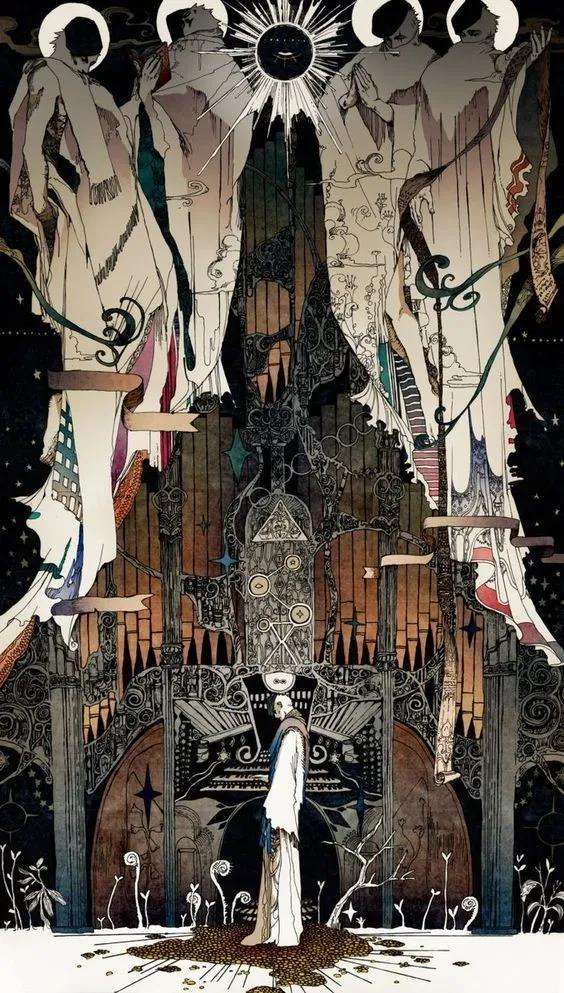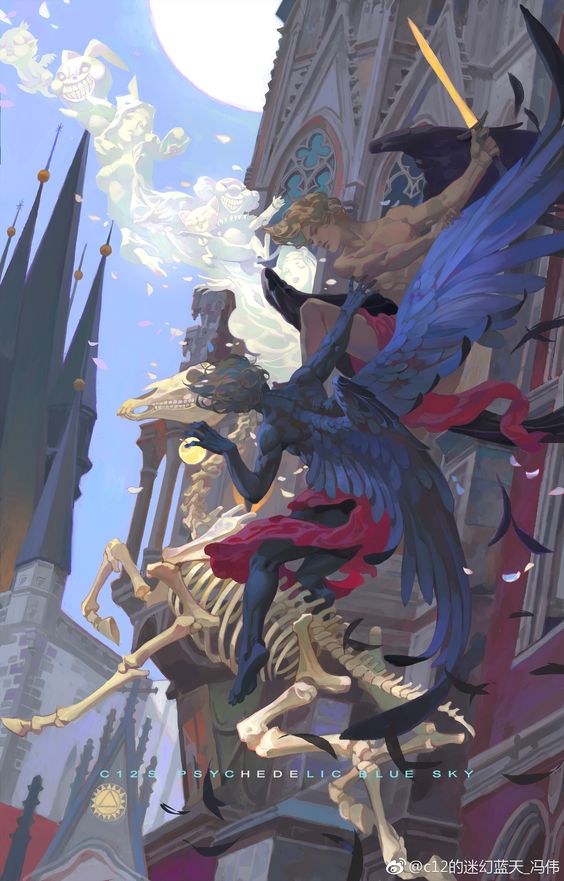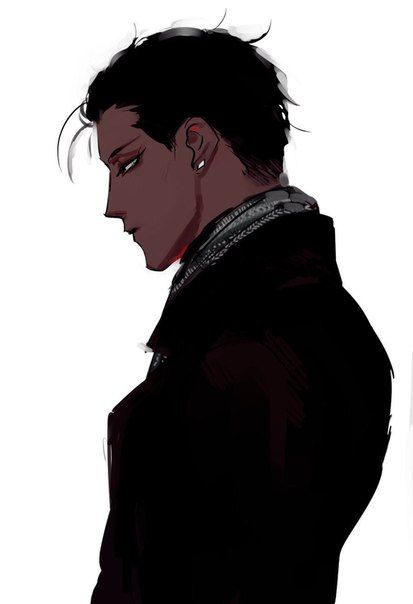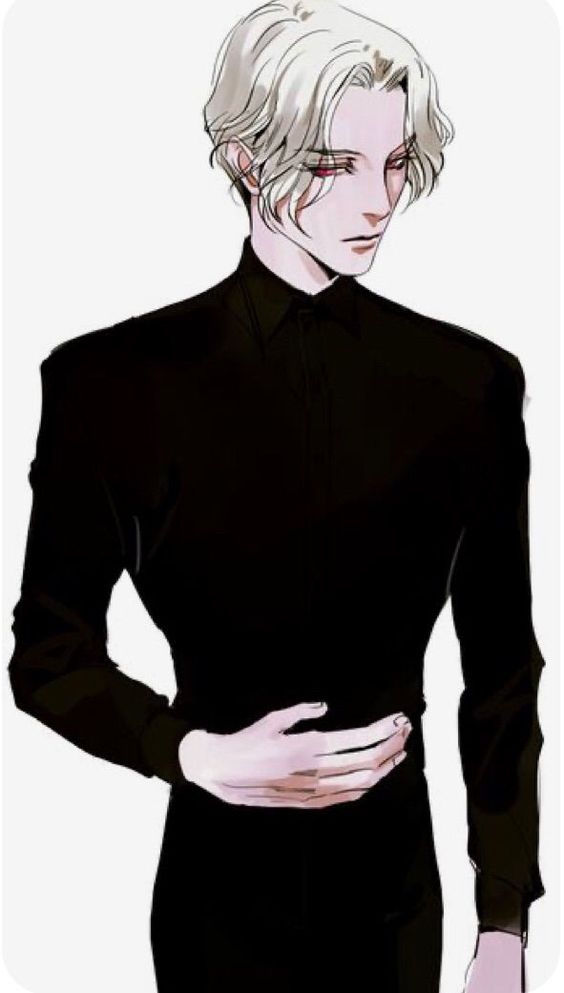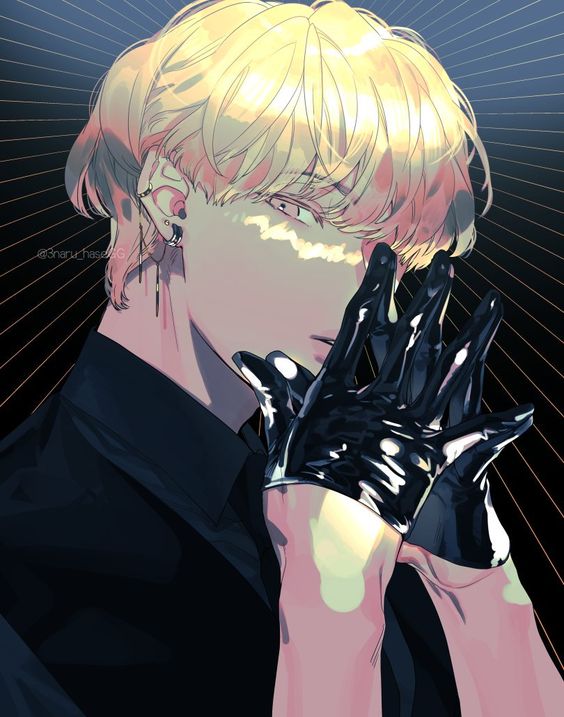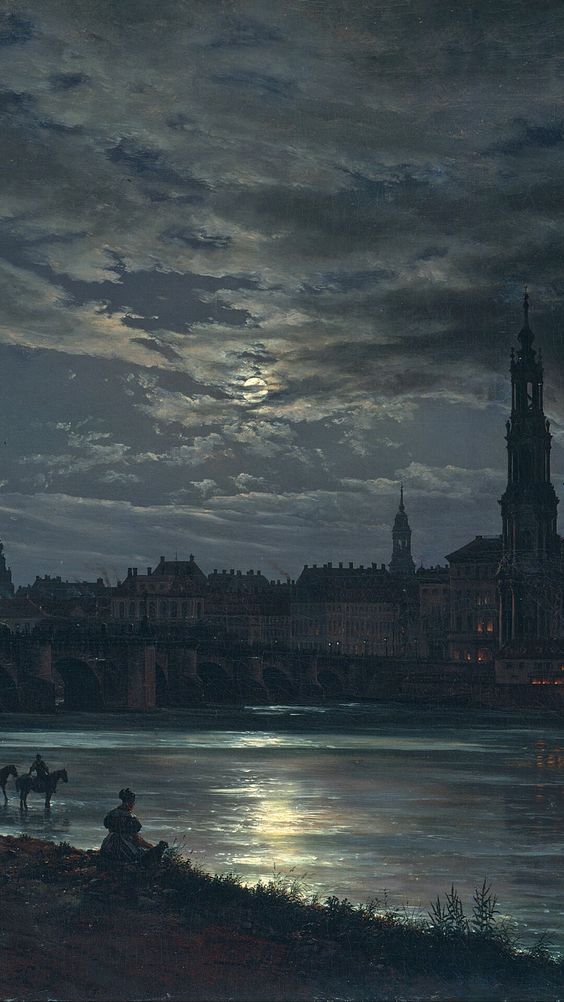Prosellet
Searching for her shoe
Background and Lore
This thread is dedicated to the background information and lore for The End of Silence. Refer to the index below for quick navigation.
Last edited:
Follow along with the video below to see how to install our site as a web app on your home screen.

Note: This feature currently requires accessing the site using the built-in Safari browser.
